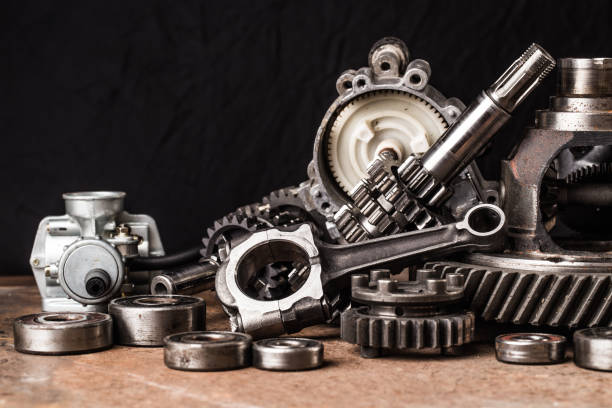The automotive world is vast and varied, offering a plethora of options for those looking to repair or upgrade their vehicles. A key decision in this process is choosing between Original Equipment Manufacturer (OEM) and aftermarket parts. Both have their pros and cons, and understanding these can greatly impact both the performance and value of your vehicle.
Defining OEM Parts
Original Equipment Manufacturer parts are those made directly by the vehicle’s manufacturer. They are essentially the same parts that were installed in your vehicle when it was first assembled. For example, if you own a Toyota, any part made by Toyota for your specific model is considered an OEM part.
The major advantage of OEM parts is their assured quality and fit. Since they are crafted by the original manufacturer, these parts are guaranteed to fit your vehicle without any modifications. This assurance comes with a higher price tag, however, as OEM parts are typically more expensive than aftermarket alternatives. Moreover, they may not always be readily available and might have to be ordered through authorized dealerships.
Exploring Aftermarket Parts
Aftermarket parts are manufactured by companies other than the vehicle’s original maker. These parts are designed to fit and function like the OEM parts but are produced by independent companies. The aftermarket industry is broad and diverse, offering an array of parts for virtually all vehicle makes and models.
The primary advantage of aftermarket parts is their cost-effectiveness. Generally, they are more affordable than OEM parts, making them a go-to choice for those on a tight budget. Furthermore, the competitive nature of the aftermarket industry means a wider availability of parts, often with varying degrees of quality and price points.
Aftermarket parts can sometimes offer improved performance over OEM parts. Retailers such as OnlyDrive, an parts online marketplace for automotive parts, often feature a selection of high-quality aftermarket parts that can enhance the performance and efficiency of your vehicle.
Choosing Wisely
When deciding between OEM and aftermarket parts, it’s important to weigh factors like the cost, availability, warranty, and how the part will affect your vehicle’s performance. If you’re looking for a cost-effective solution without compromising on quality, aftermarket parts can be a viable option.
It’s a common misconception that using aftermarket parts will void your vehicle’s warranty. The Magnuson-Moss Warranty Act protects consumers, allowing them to use aftermarket parts without fear of losing their warranty coverage.
Conclusion
In the end, whether to choose OEM or aftermarket parts depends on your specific needs, budget, and preferences. OEM parts offer the peace of mind of exact fit and quality, while aftermarket parts provide a more affordable and diverse selection. Retailers like OnlyDrive offer an extensive range of high-quality aftermarket parts, catering to various automotive needs. Whether you are an auto enthusiast aiming to boost your vehicle’s performance or simply need a reliable replacement part, understanding the differences between OEM and aftermarket parts is crucial in making an informed decision.


